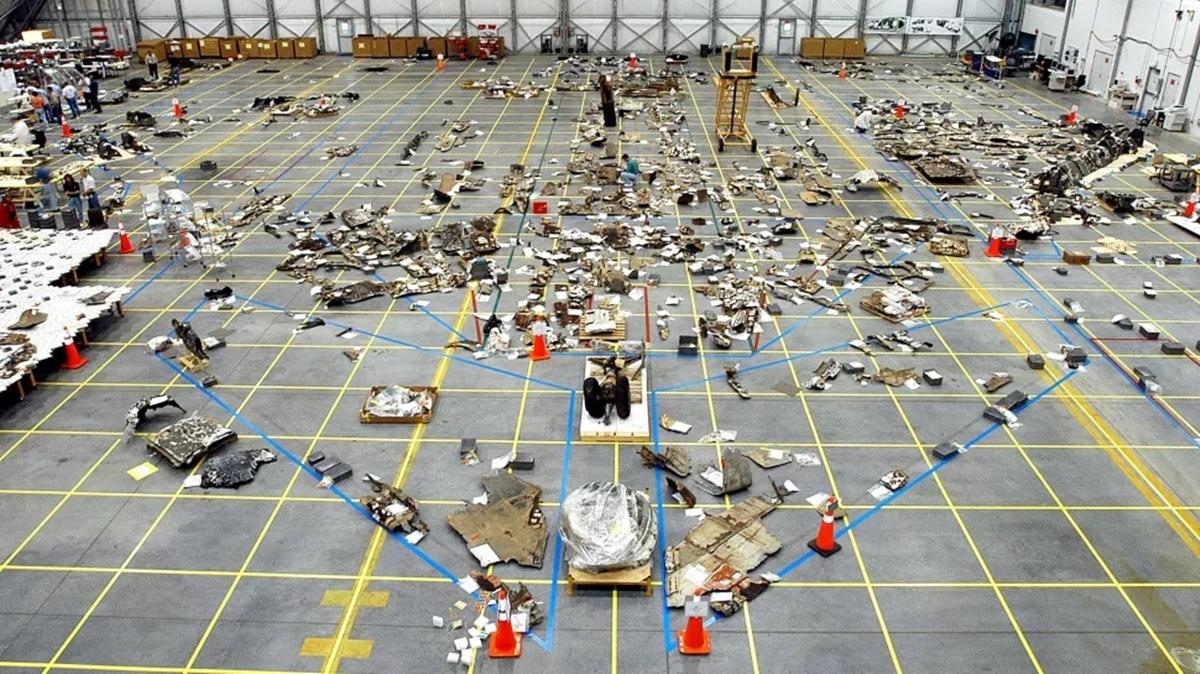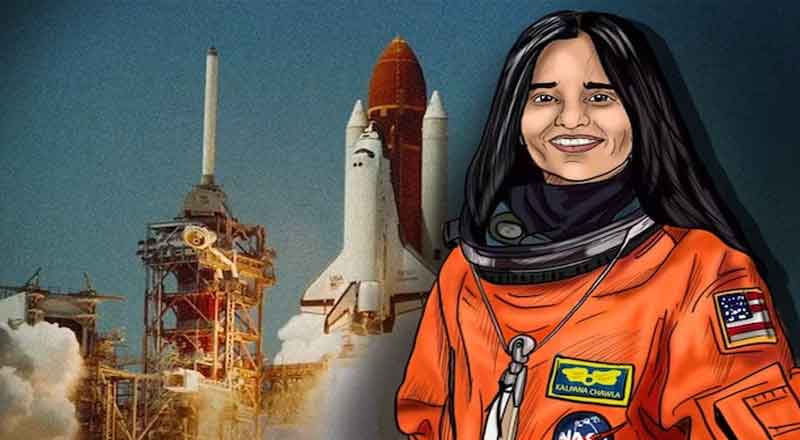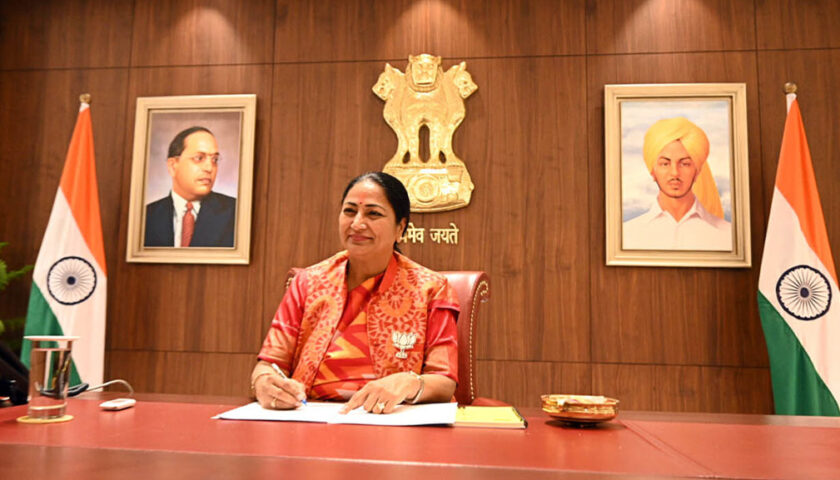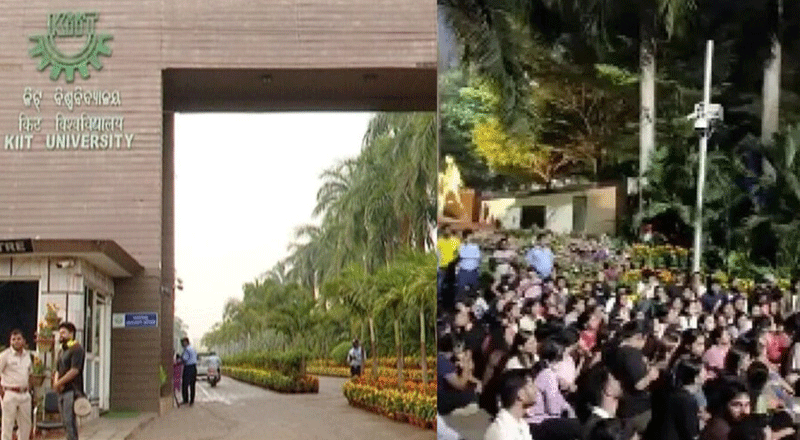Indian-origin astronaut Kalpana Chawla was on her second mission to space when disaster struck and seven astronauts lost their lives. Here’s what happened.
It was all going as per plan and seven astronauts were on their way home after spending 15 days in the vacuum of space, living and working in zero gravity. The ordinary morning at the Kennedy Space Center in Cape Canaveral on February 1 was all about returning the space shuttle to Earth and ensuring it landed on the runway smoothly.
Until tragedy struck.
Nasa’s Entry Flight Director LeRoy Cain had given the final green light to Shuttle commander Rick Husband to initiate deorbit and reentry procedures as STS-107 began its descent, marking the beginning of the end of Columbia’s 28th mission to space. The spacecraft had seven souls onboard, including India’s Kalpana Chawala a.k.a KC to her crewmates.
What followed next was a disaster that turned out to be the worst in the American space agency and in general space exploration history. People saw blazes and sparks in the skies and Columbia was lost forever, with the seven astronauts later declared dead and killed in action.
Following the initiation of the reentry procedure, telemetry indicated that the hydraulic fluid temperatures went off-scale low and there was nothing that could explain the fault, while all the other hydraulic system indications were good. This was followed by a sudden loss in tire pressure on the left side, which meant the shuttle could not land without the proper tire pressure.
According to Space Safety Magazine, with every passing second more and more sensors began to show malfunction and then the shuttle lost all communications. Houston failed to reestablish comms with the radar also failing to locate the shuttle. The disaster had already struck and reports from Texas about people spotting fireballs in the sky confirmed the worst fears of the flight team.
Columbia was lost along with its crew of seven.
Following the Columbia disaster, the Shuttle program was shut for two years and a rigorous investigation was launched. The investigation board revealed that the spacecraft’s fate was sealed during its take-off on January 27th itself. A large piece of foam had fallen from the shuttle’s external tank, which breached the spacecraft wing.
The piece of foam fell nearly 82 seconds after the shuttle was launched from Cape Canaveral and was later seen to strike the wing of the spacecraft. It was then revealed that the hole caused atmospheric gases to bleed into the shuttle as it went through its fiery re-entry, leading to the loss of the sensors and eventually of the mission.
The spacecraft was traveling at 18 times the speed of sound and was 61,170 meters above the ground when it erupted into the fireball that was seen on televisions across the world, including in Karnal, Haryana, and astronaut Kalpana Chawla’s hometown.
Kalpana Chawla was one of the seven astronauts, part of the unfortunate Columbia mission. Graduated from Tagore School, Karnal, in 1976 Chawla started work at NASA Ames Research Center in the area of powered-lift computational fluid dynamics in 1988. She was responsible for the development and implementation of efficient techniques to perform aerodynamic optimization.
She was selected by Nasa A in December 1994 to be an astronaut and during her early days, she worked on the development of Robotic Situational Awareness Displays and testing space shuttle control software in the Shuttle Avionics Integration Laboratory. On the first flight to space in 1997 she was part of the STS-87 mission that made 252 orbits of the Earth, traveling 6.5 million miles in 376 hours and 34 minutes.





